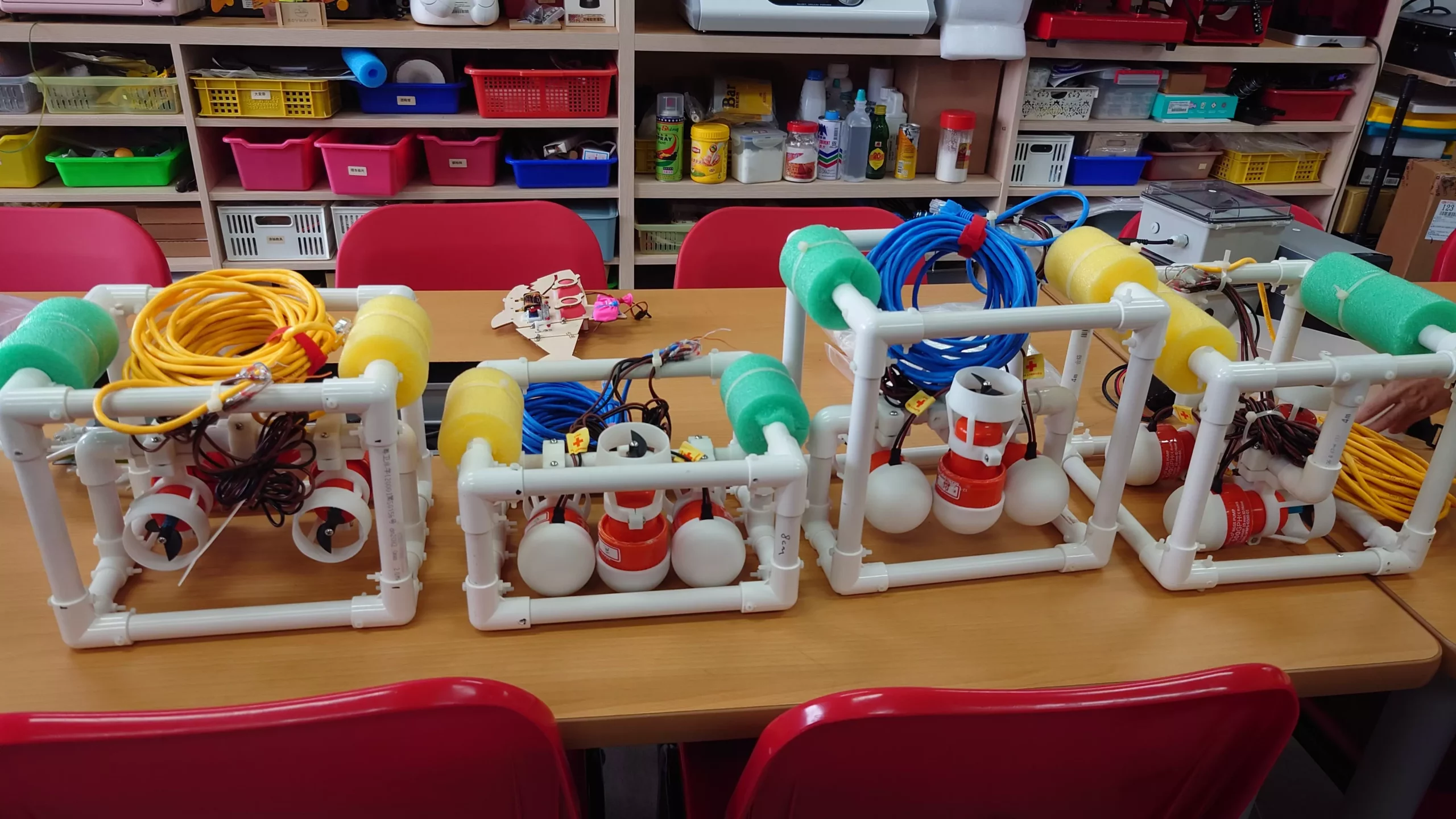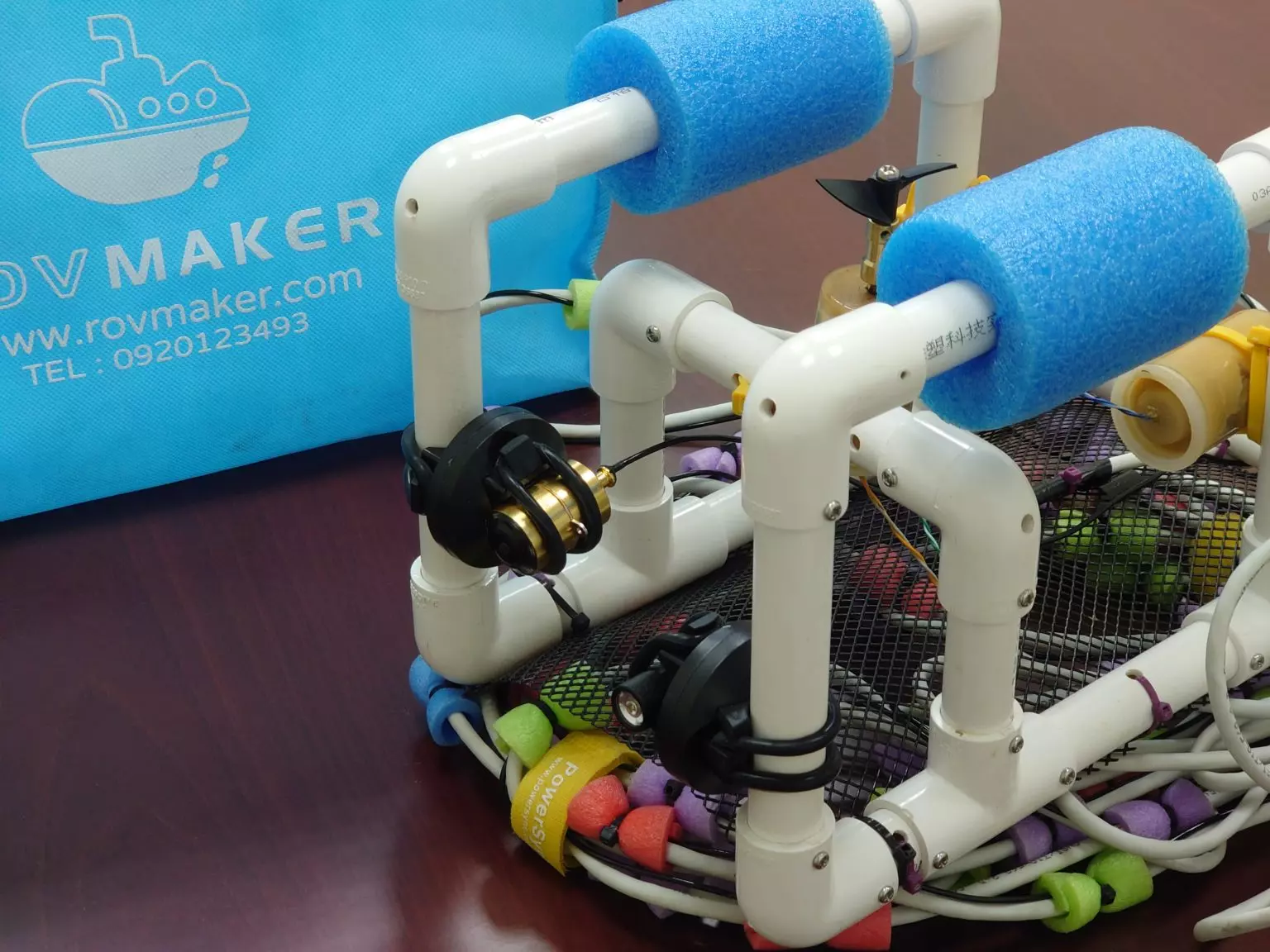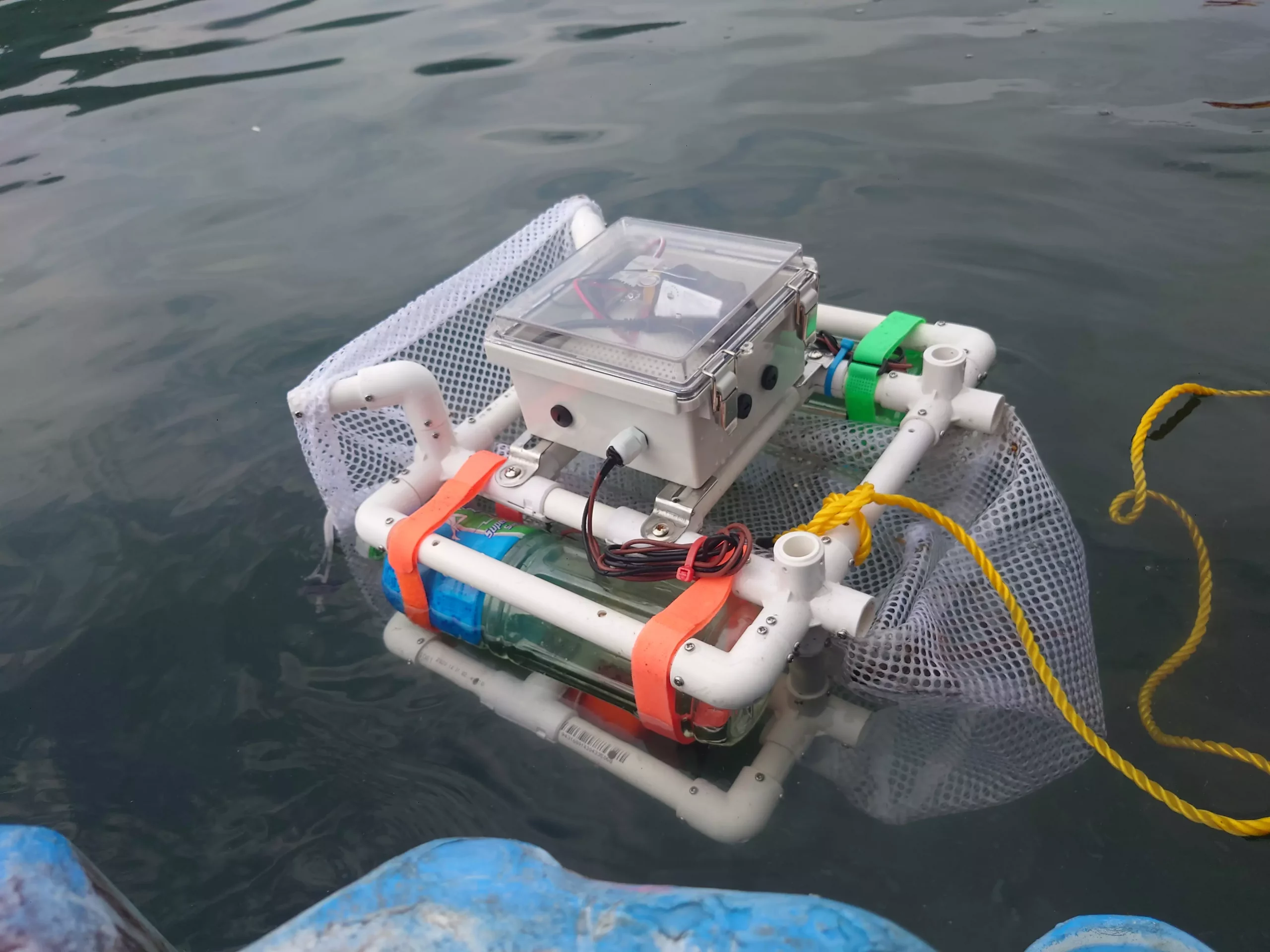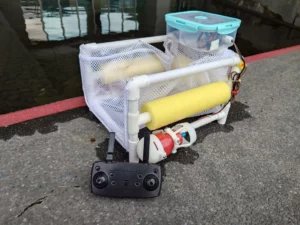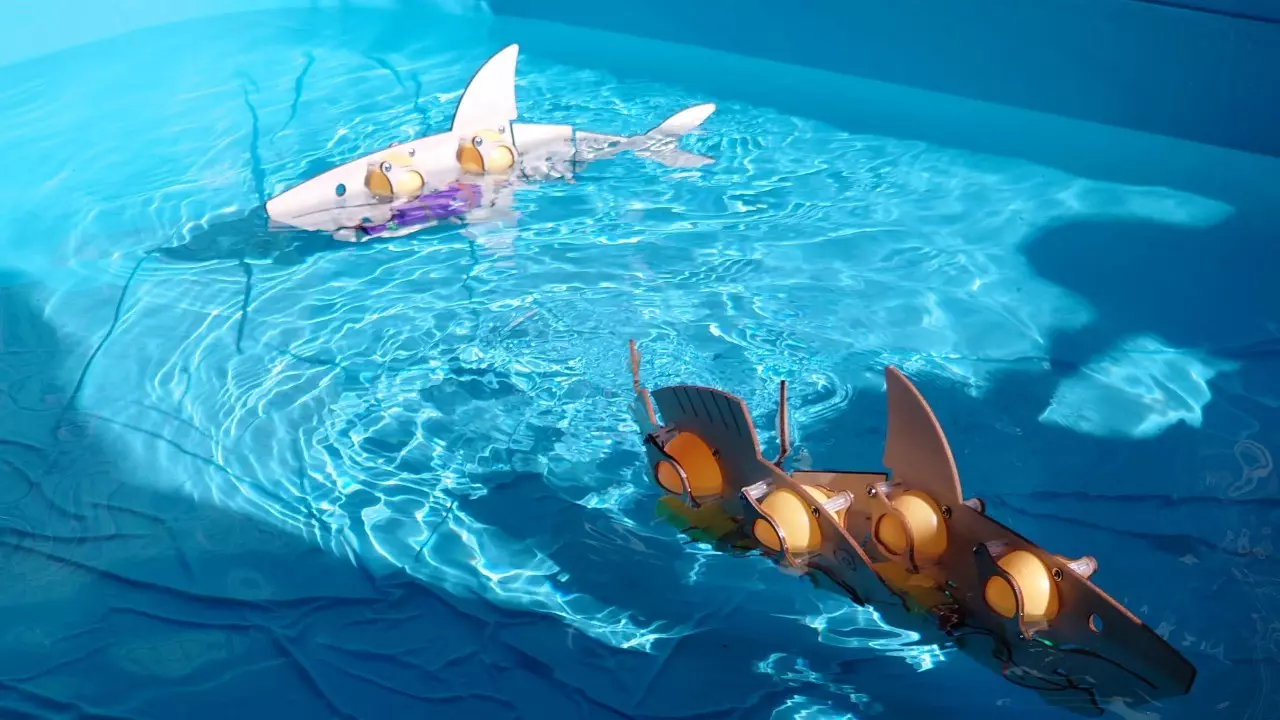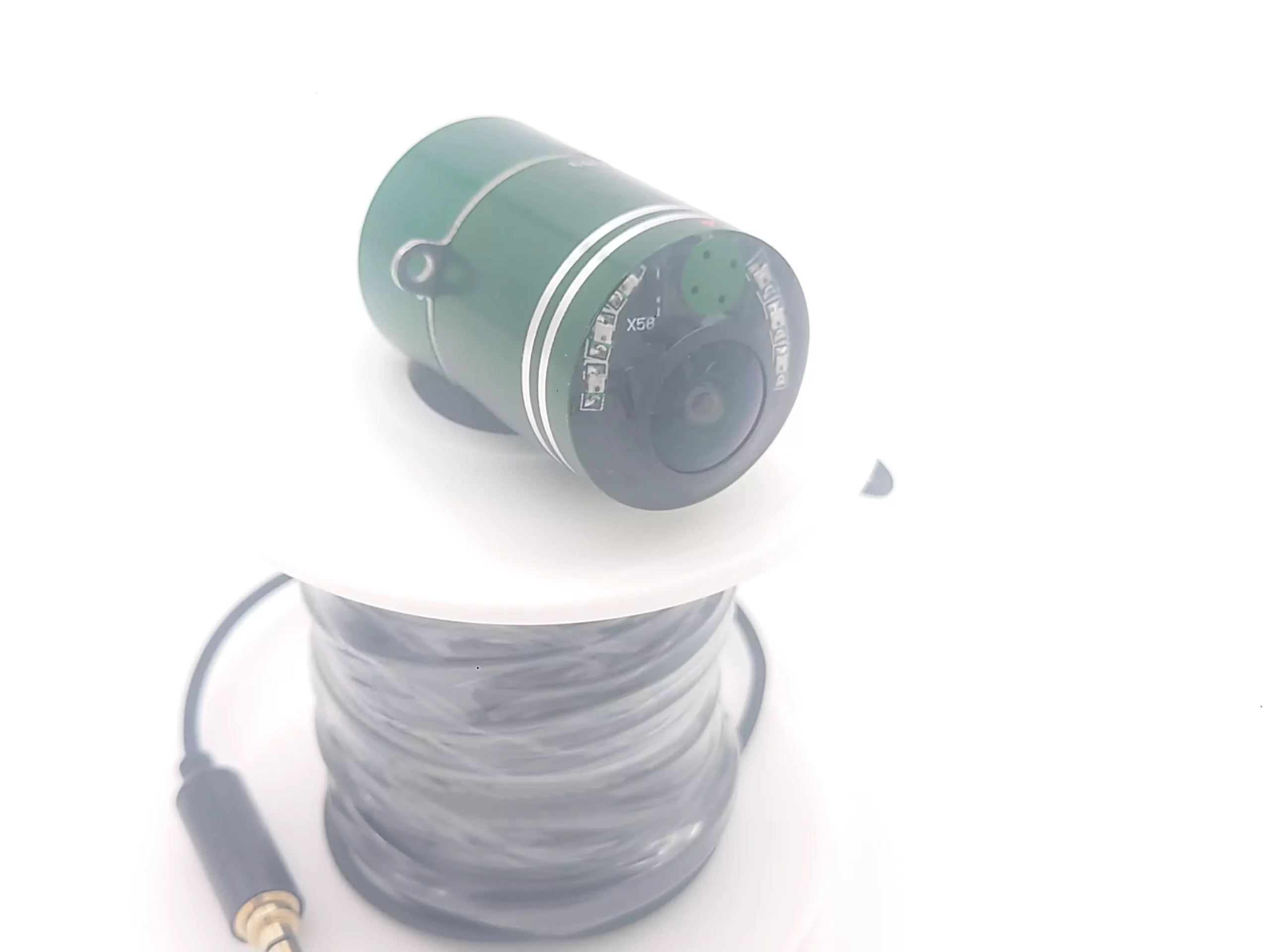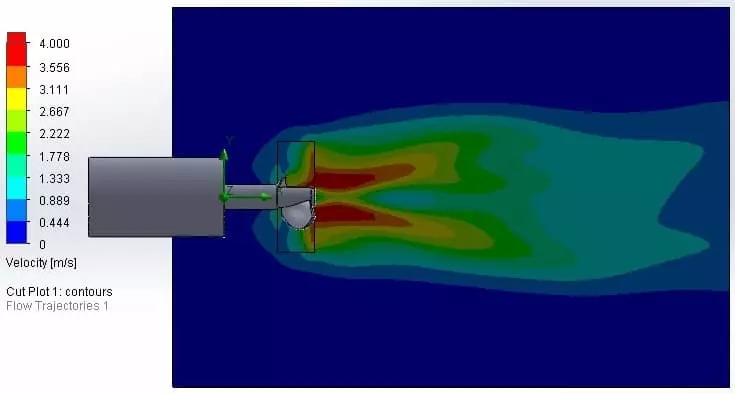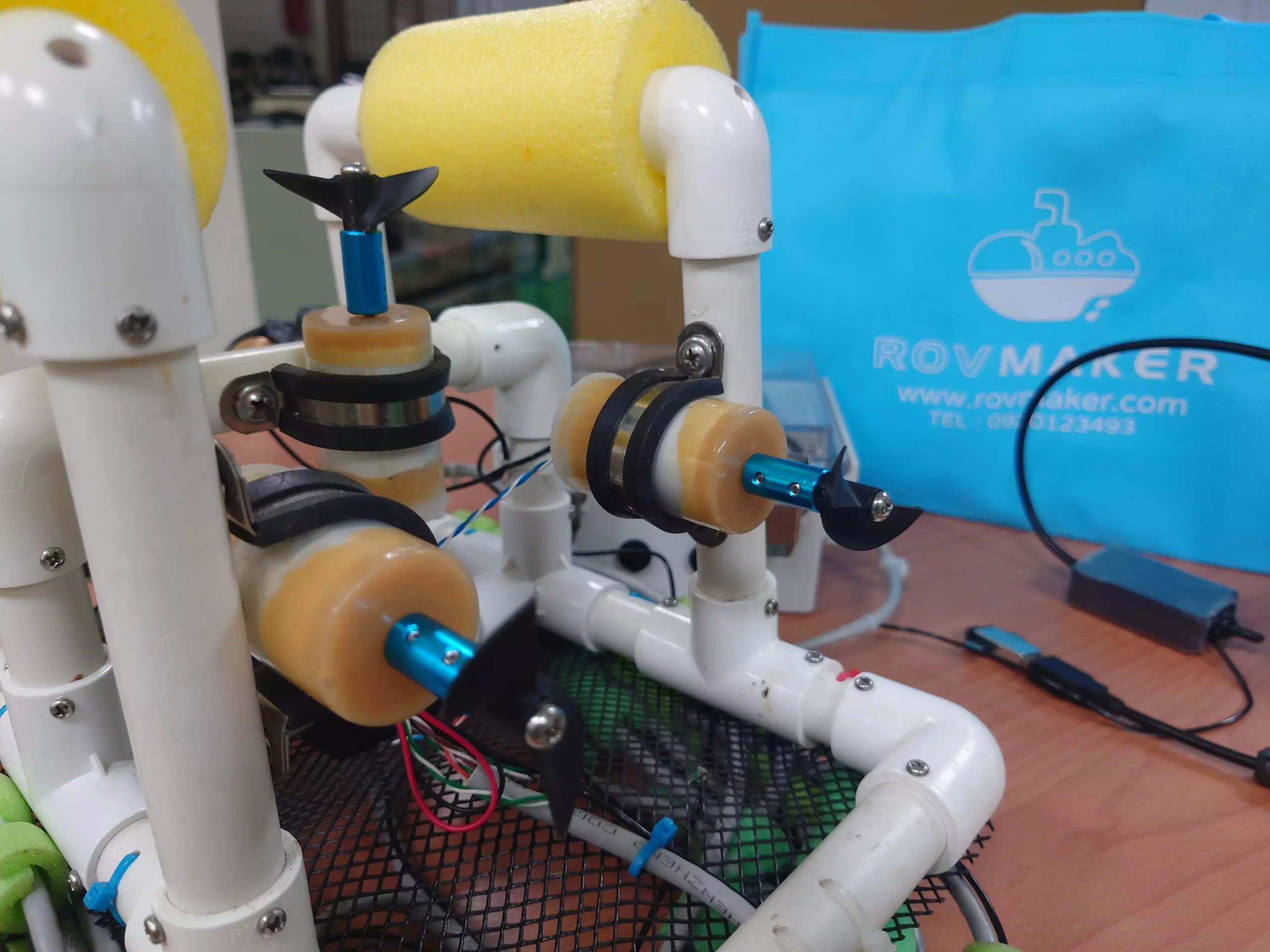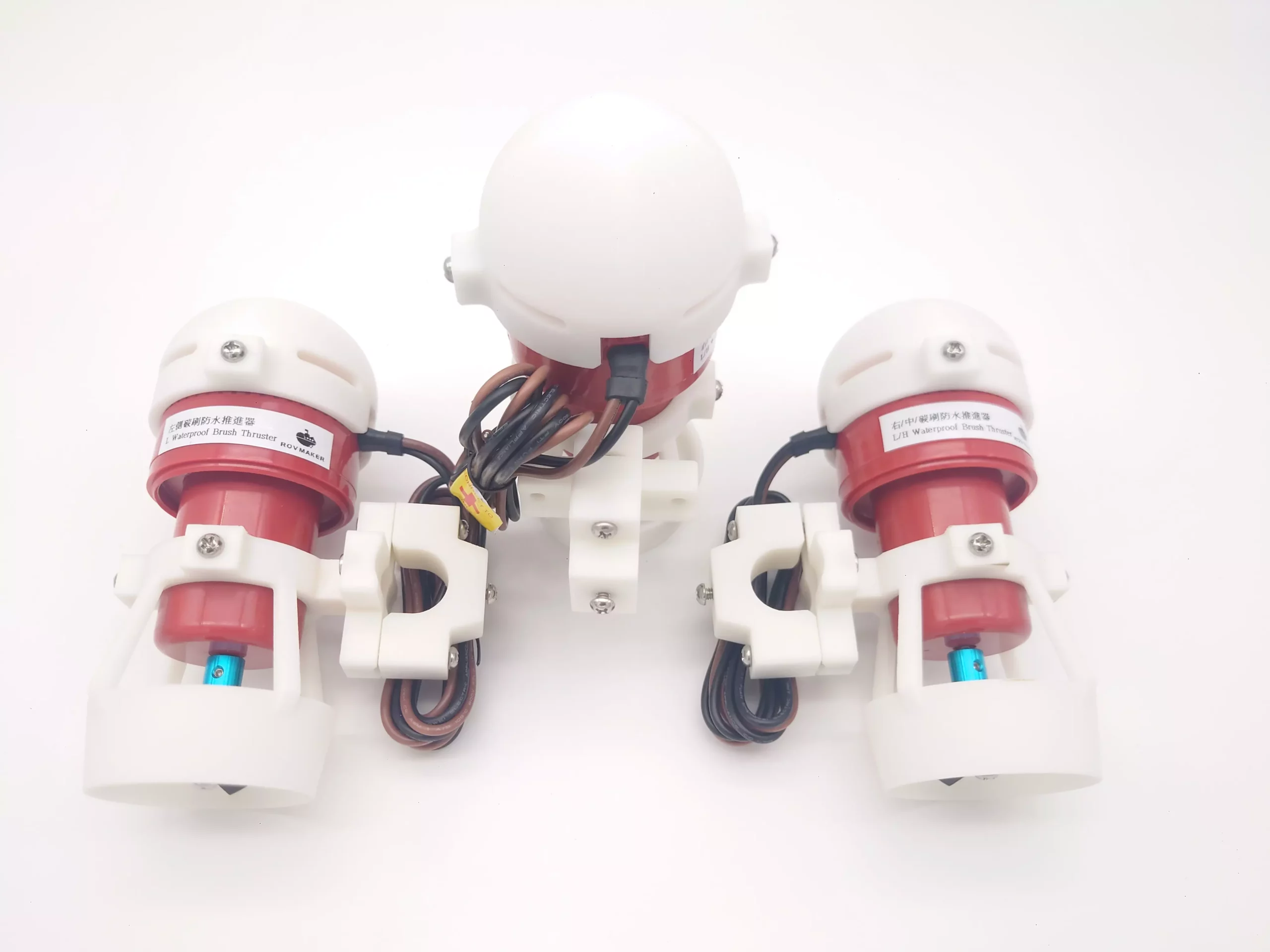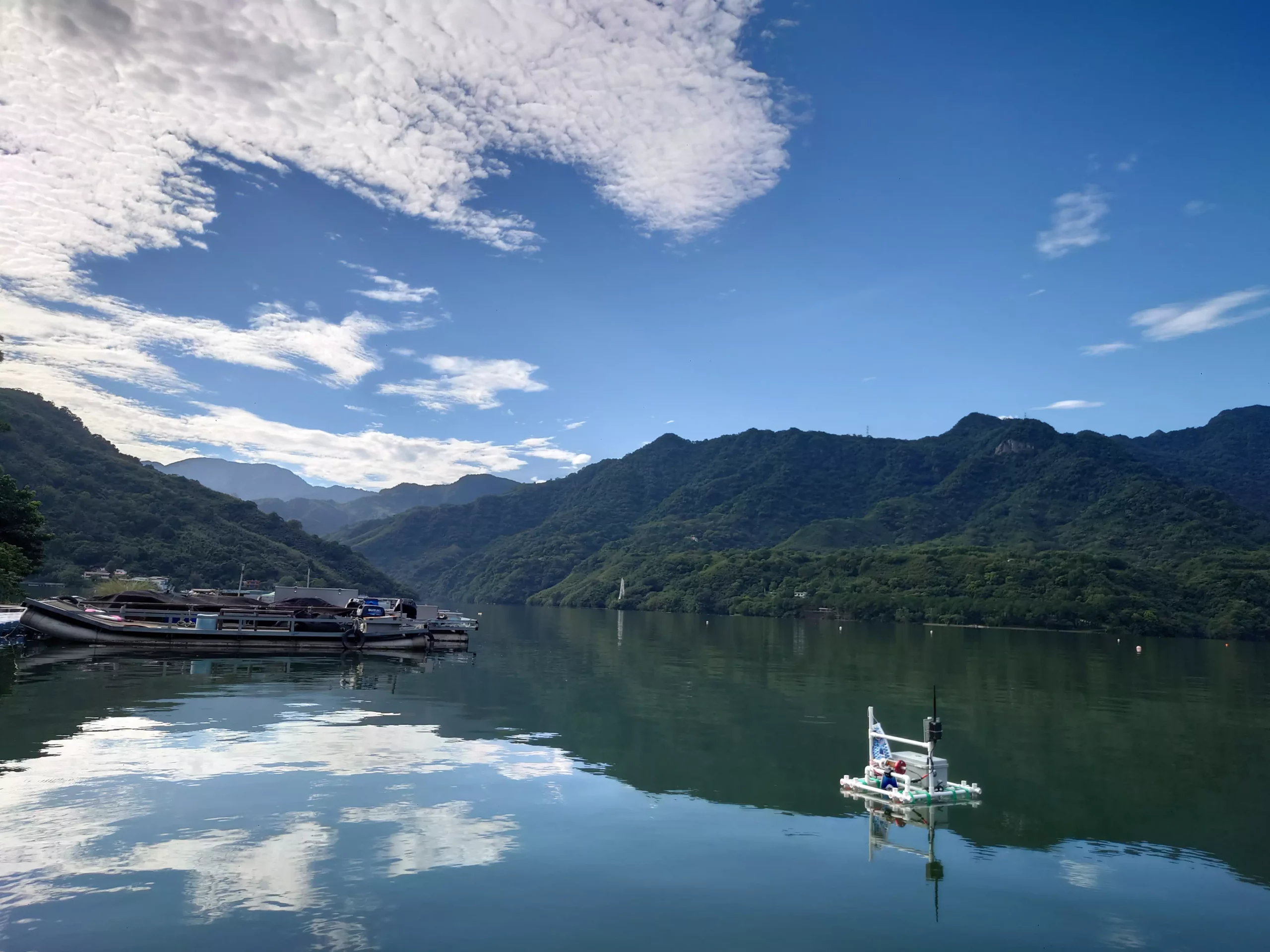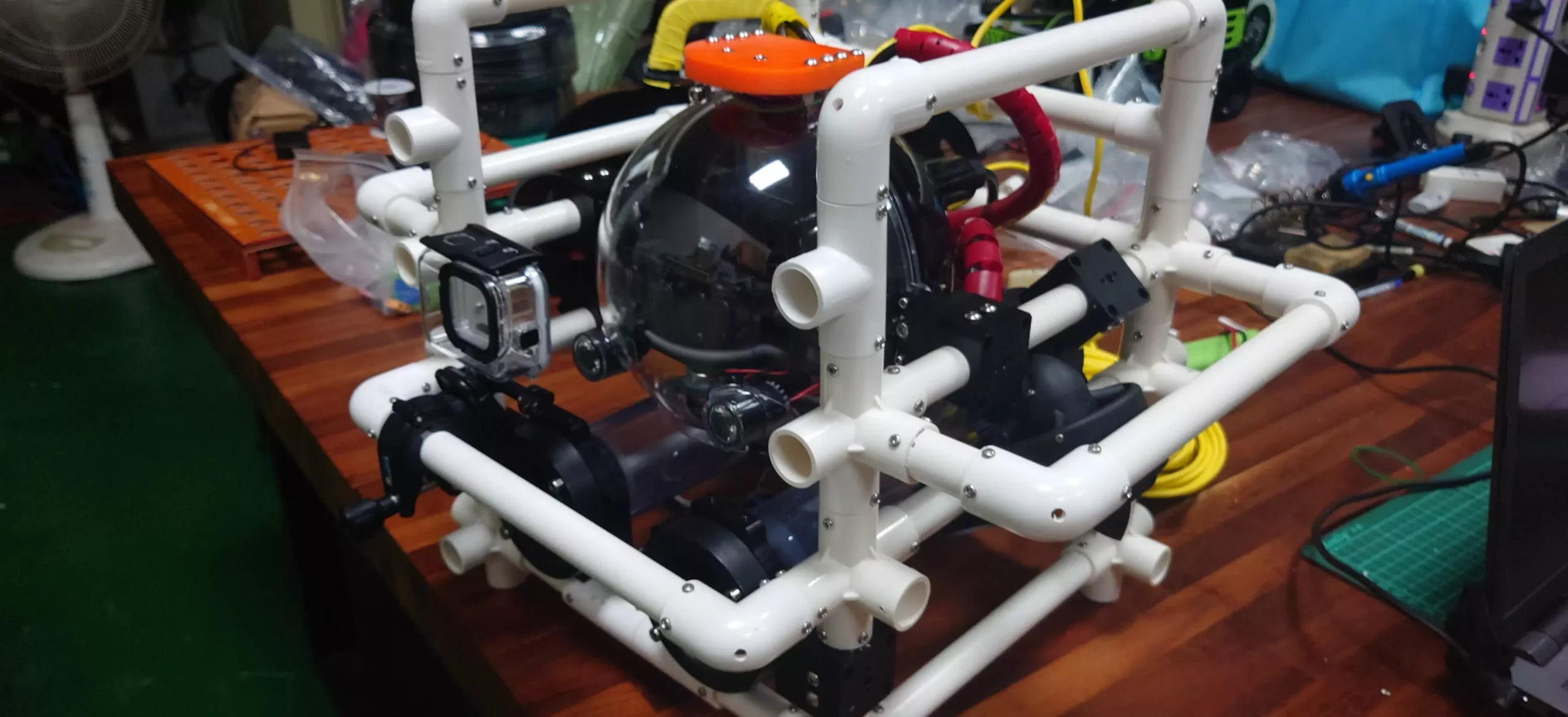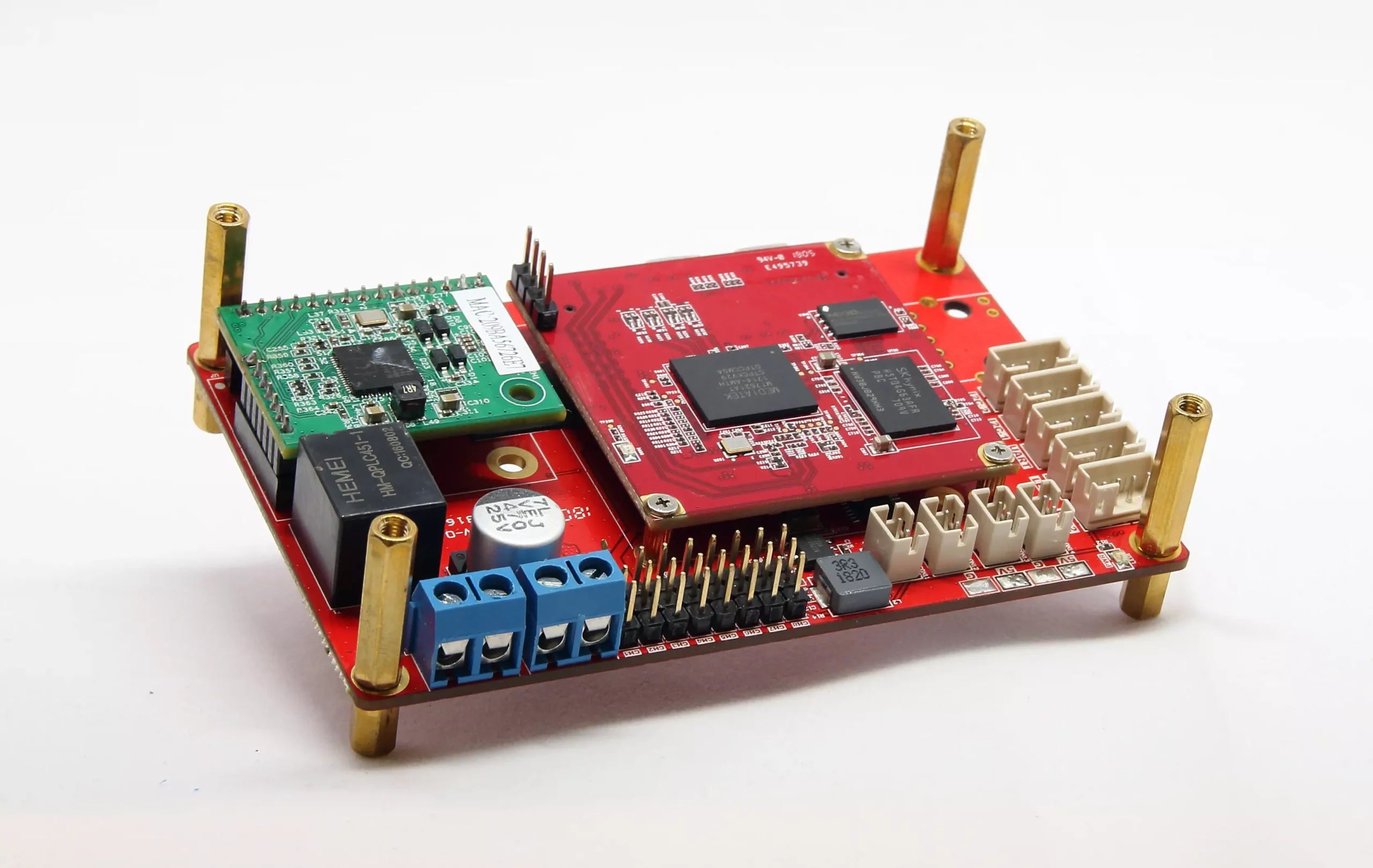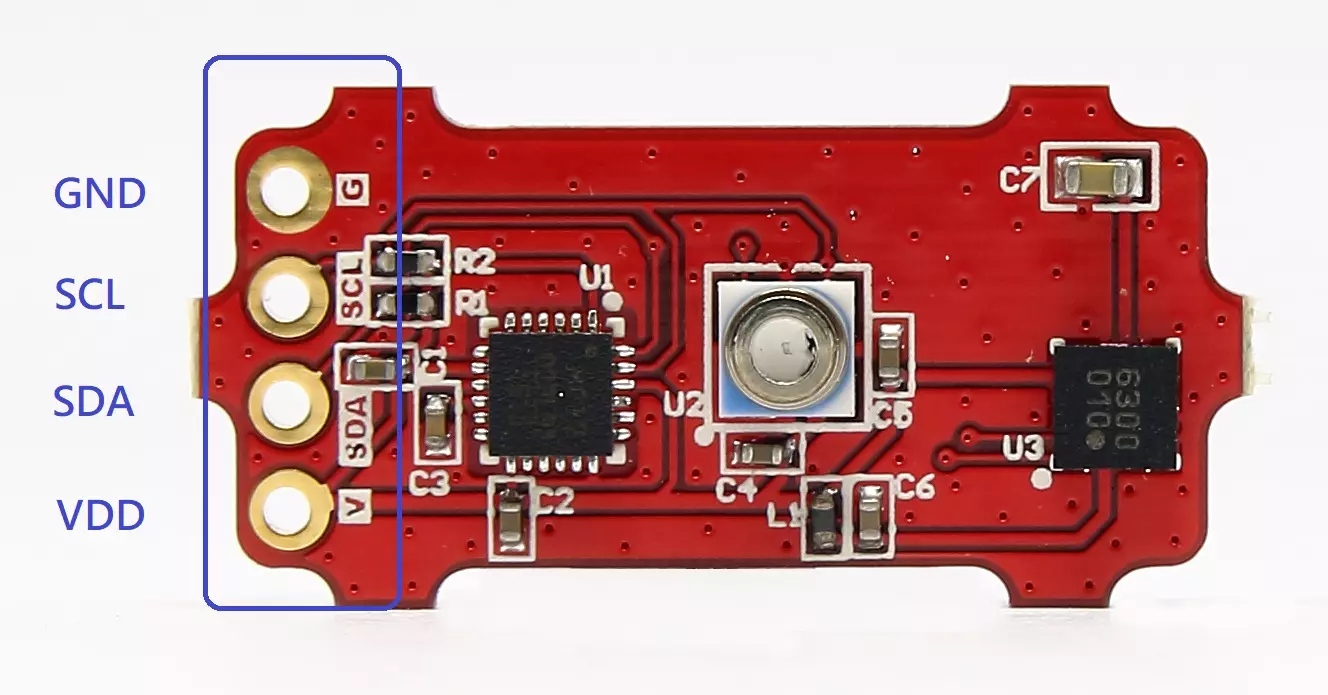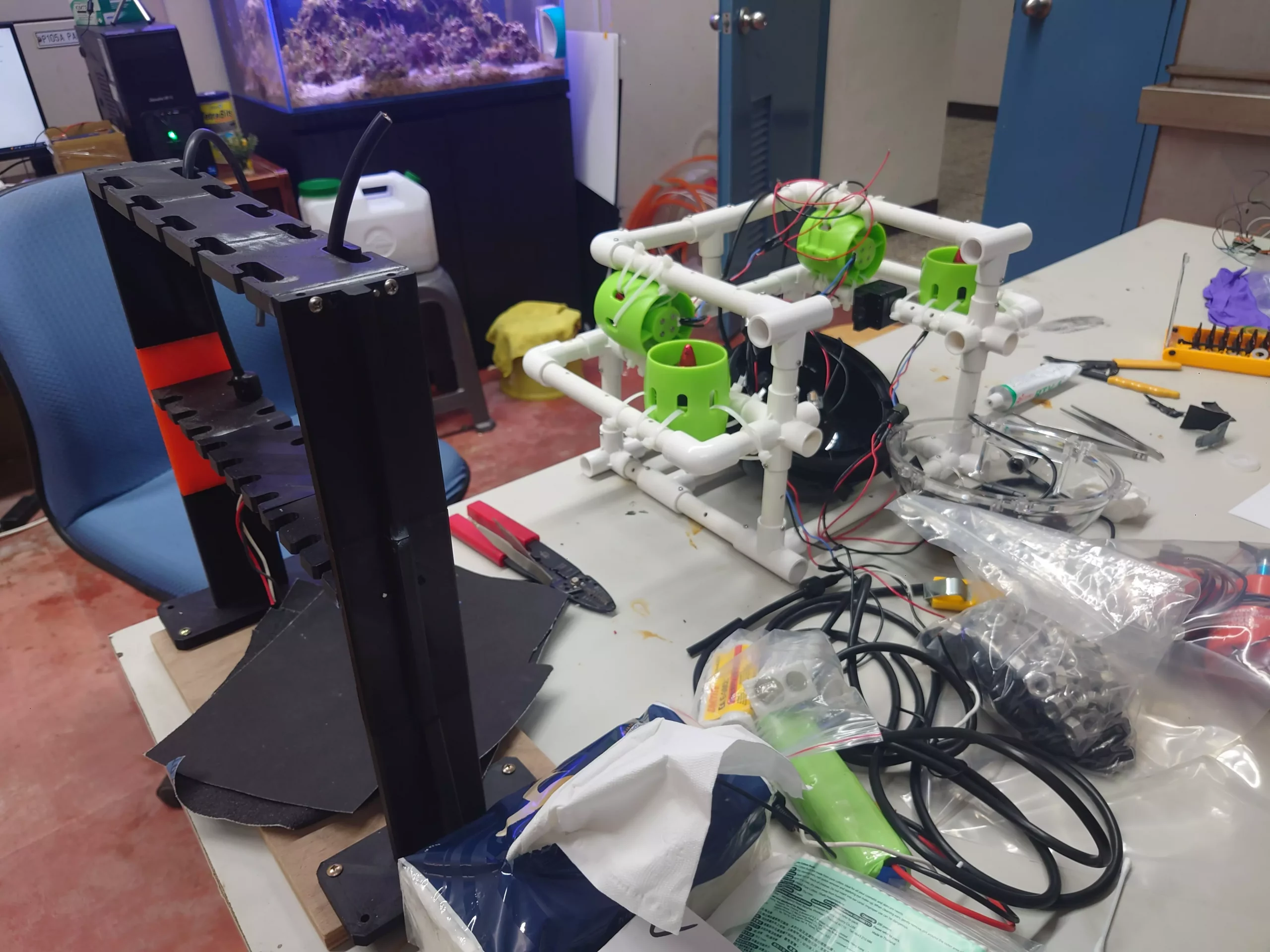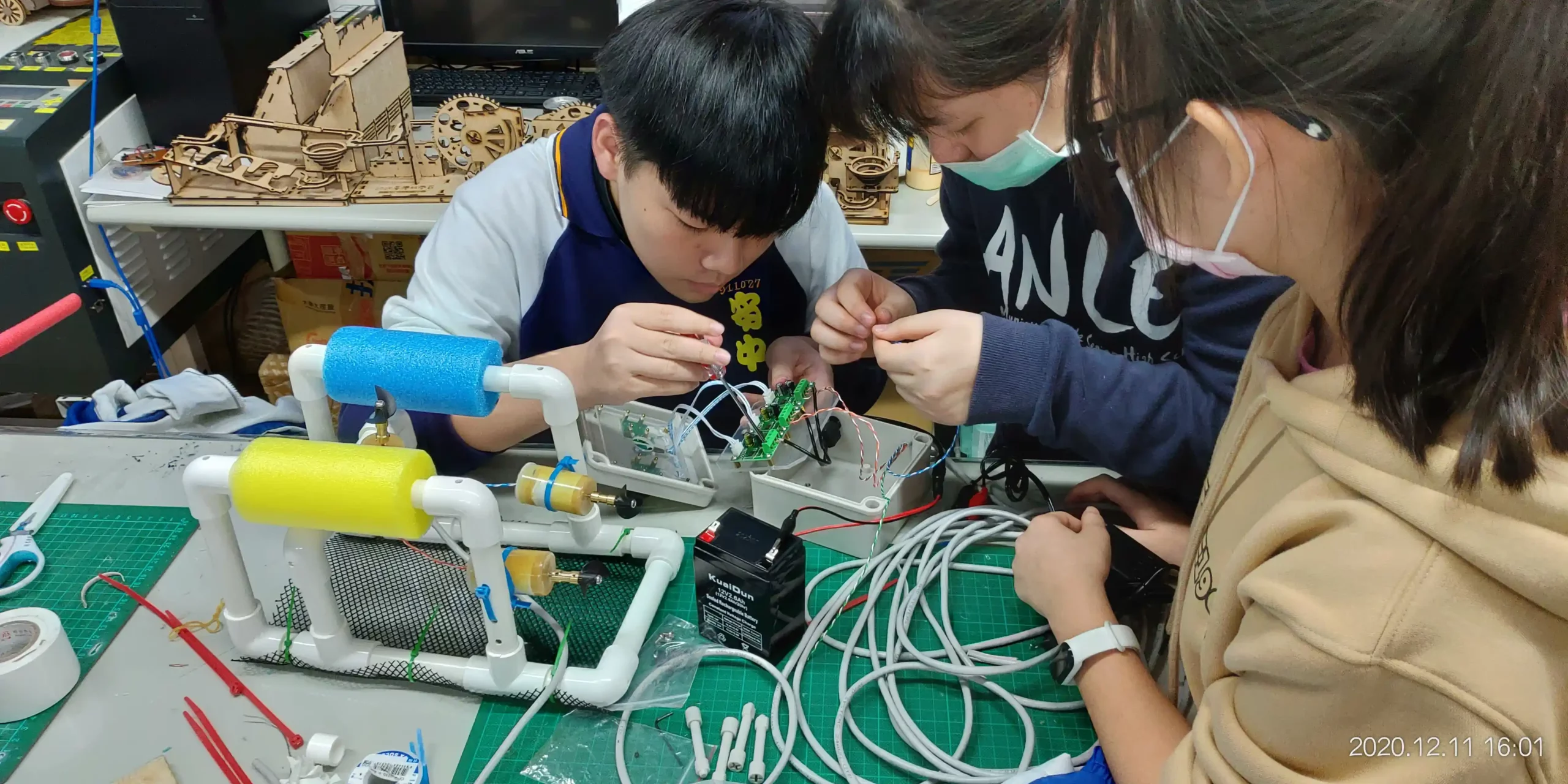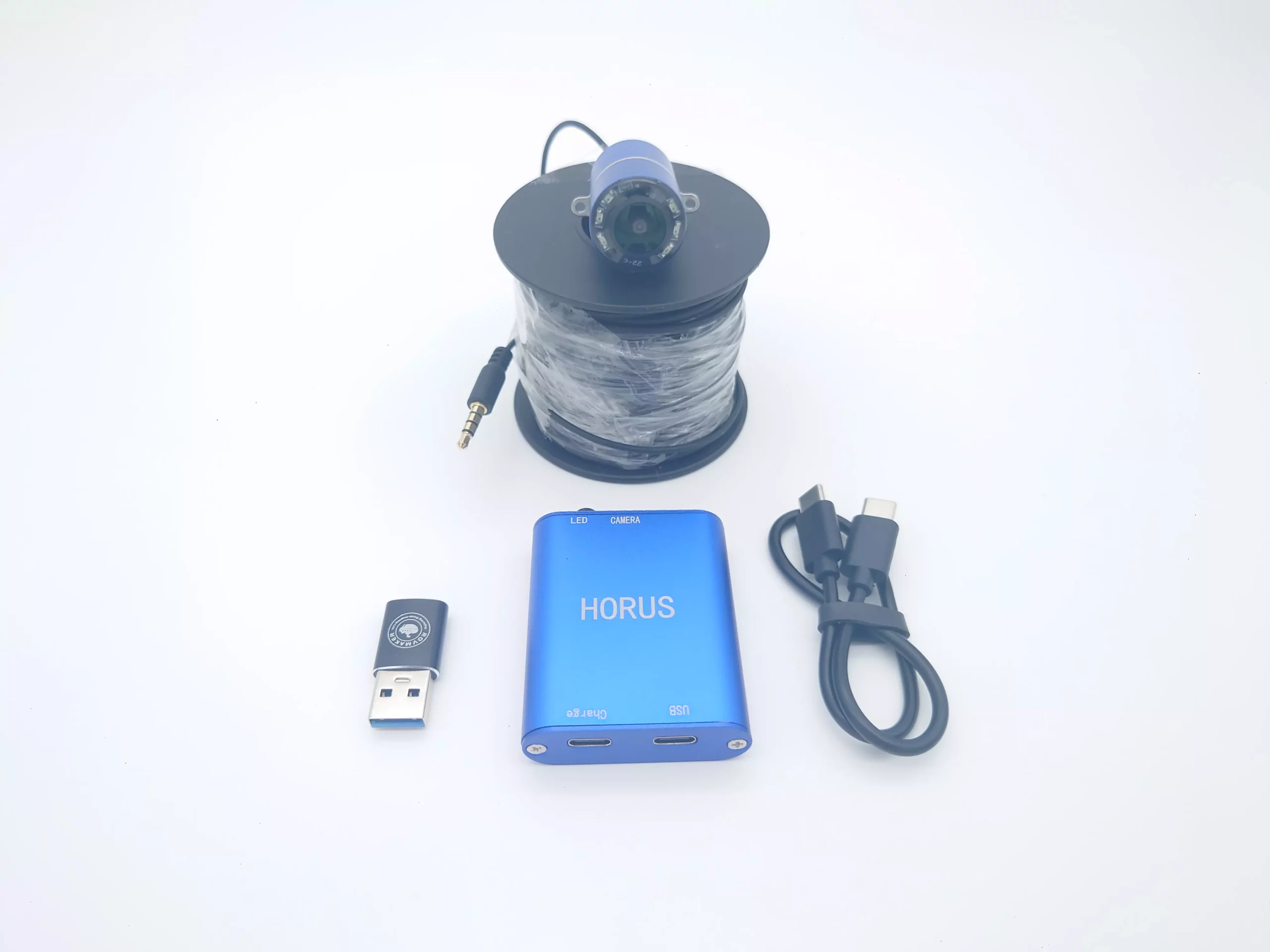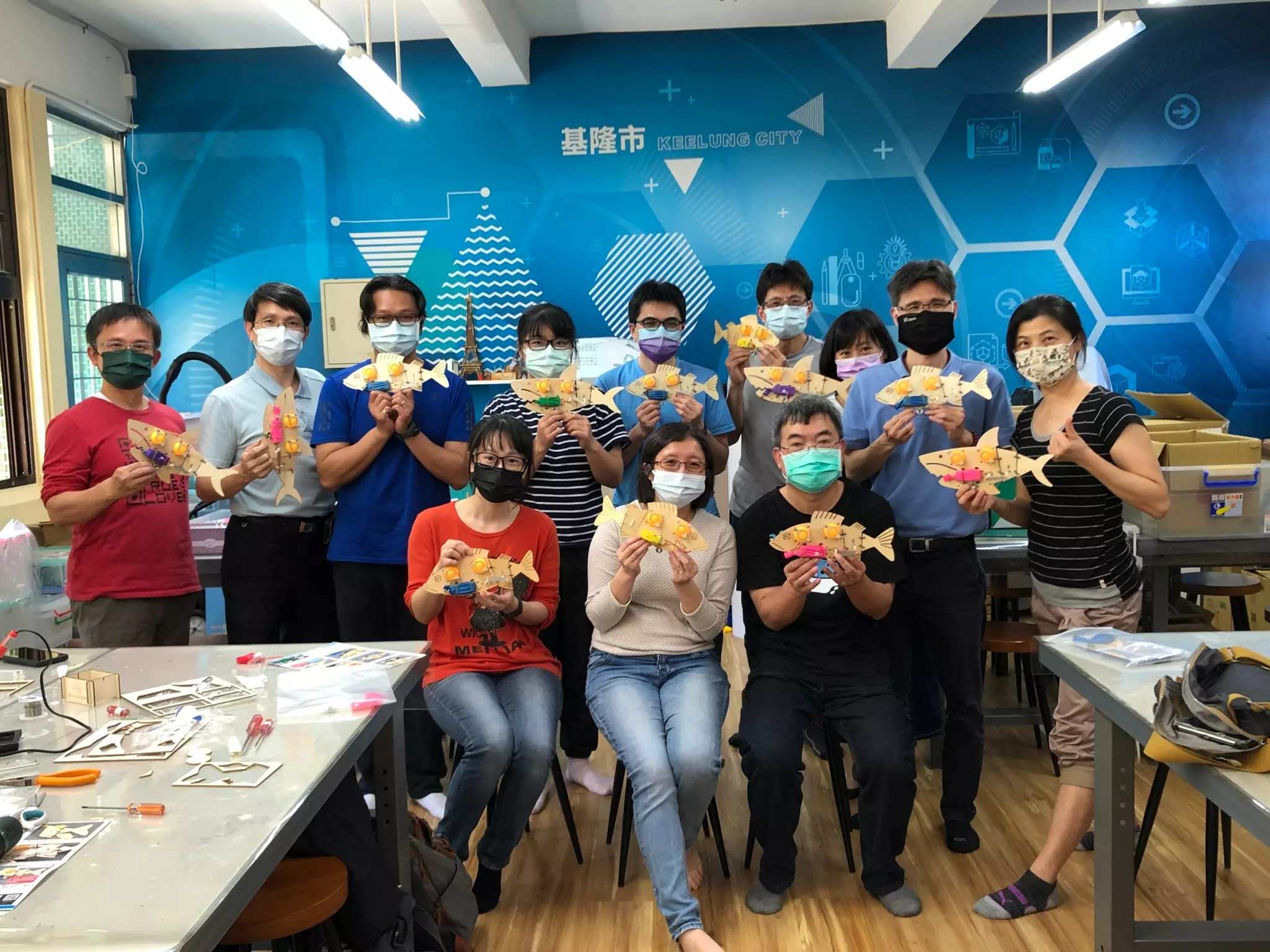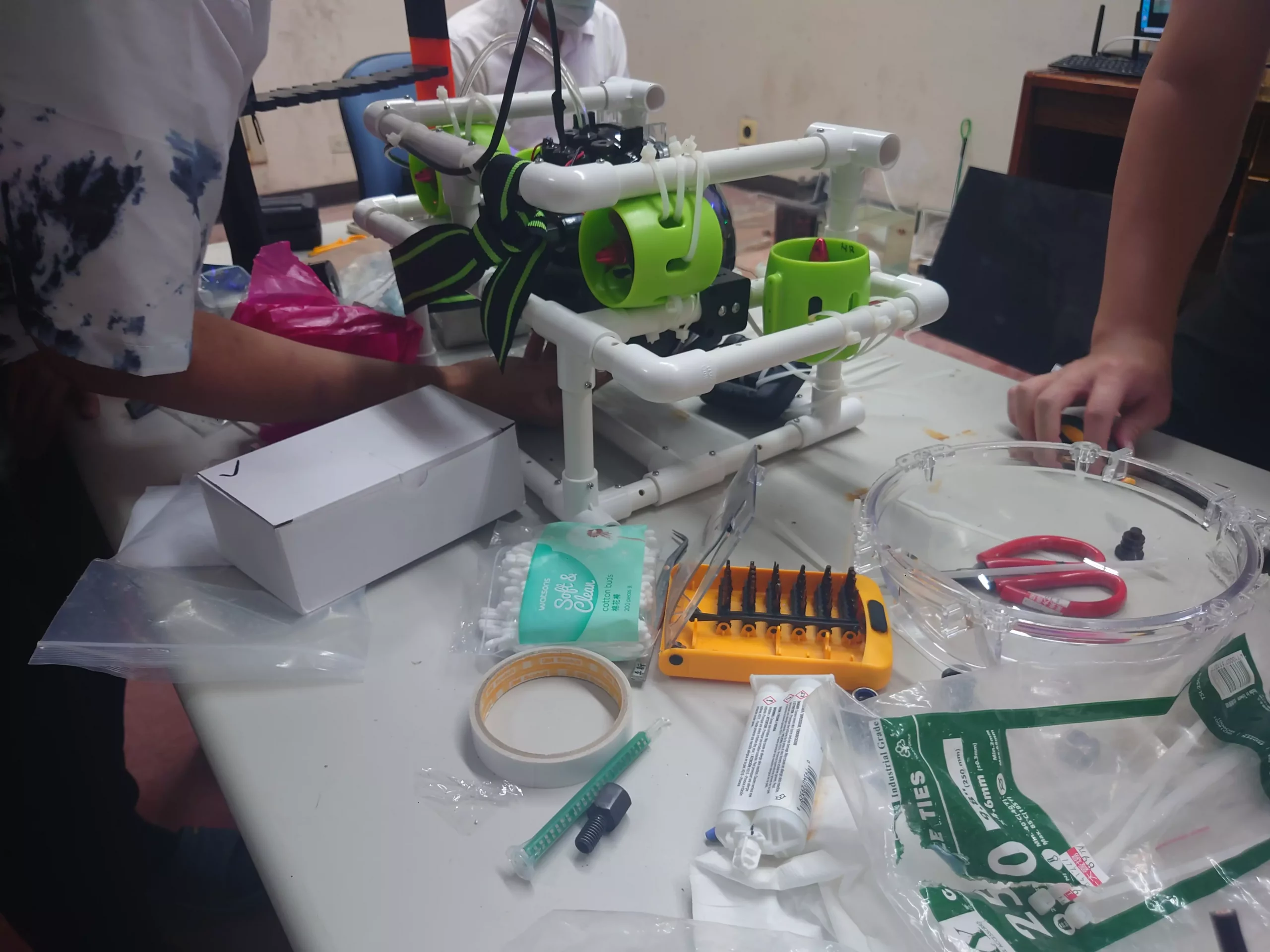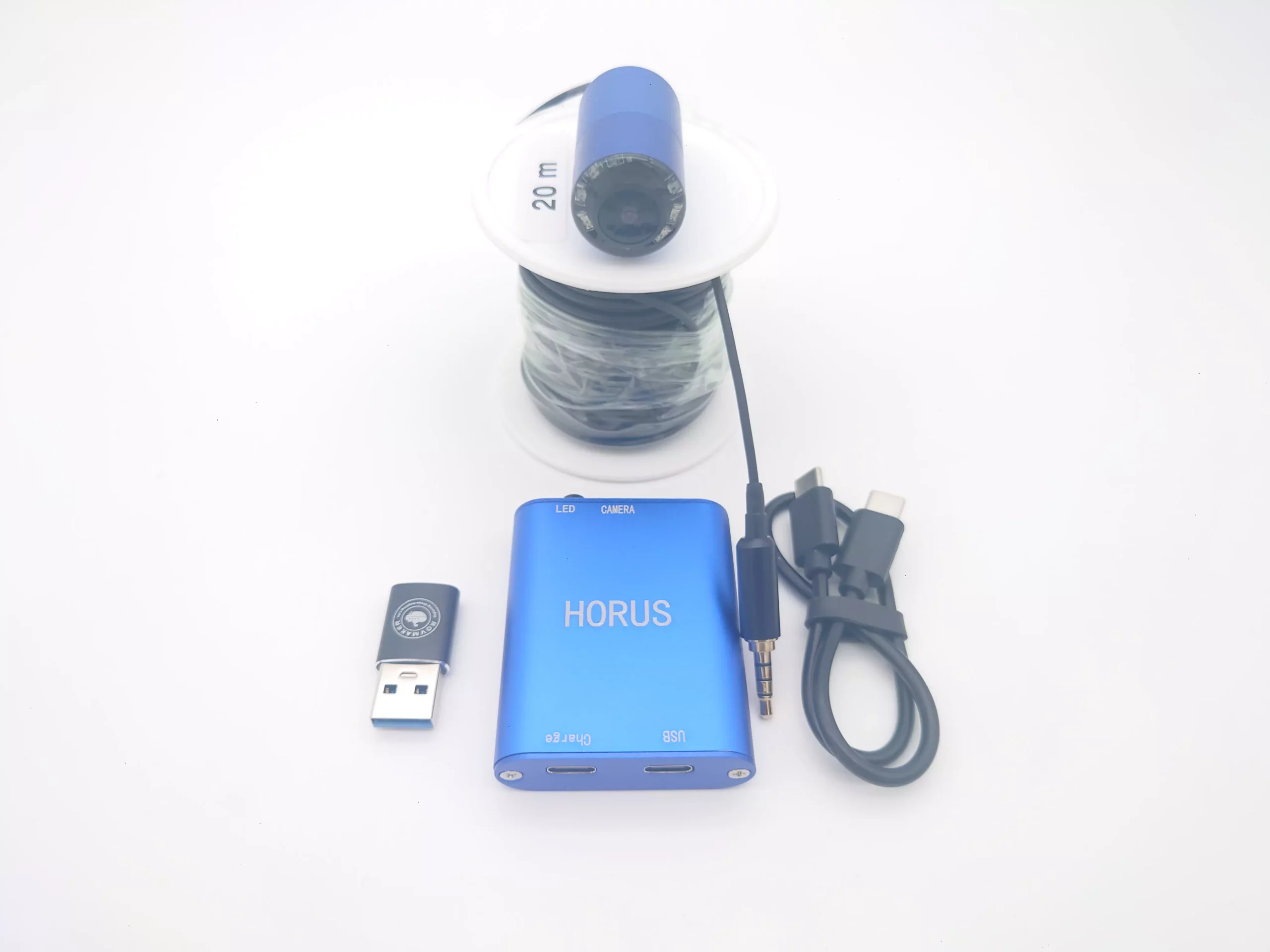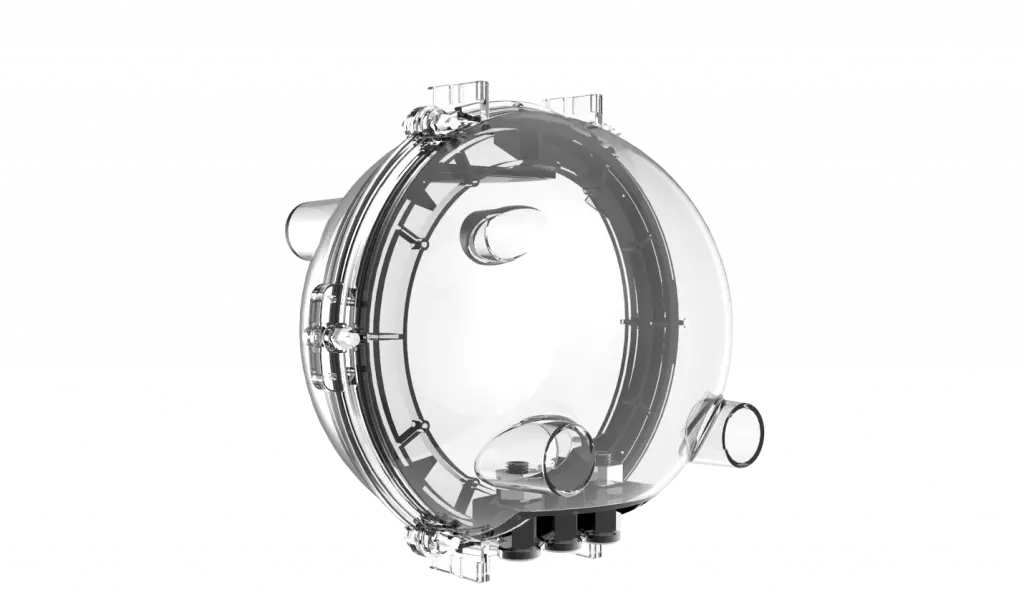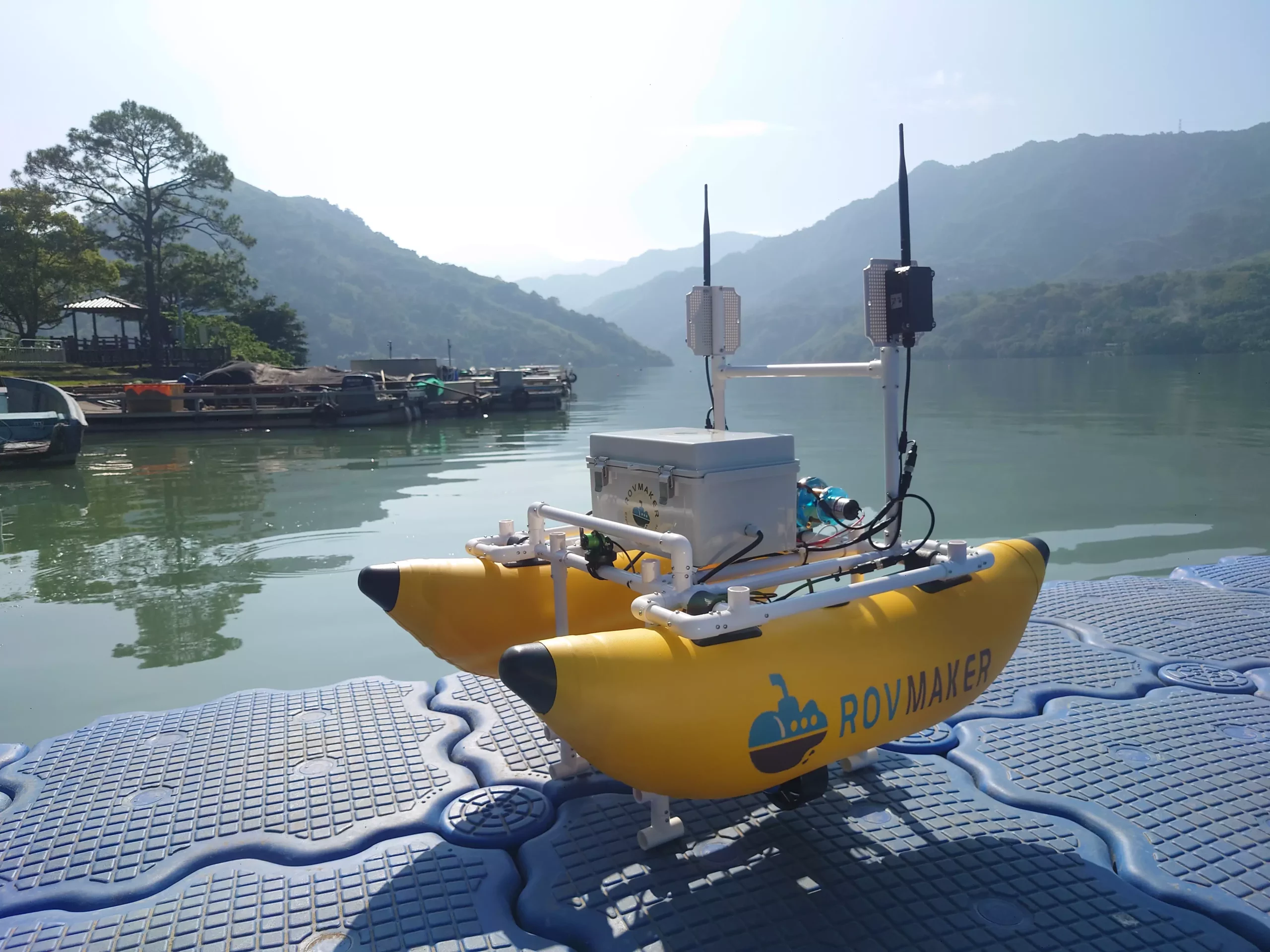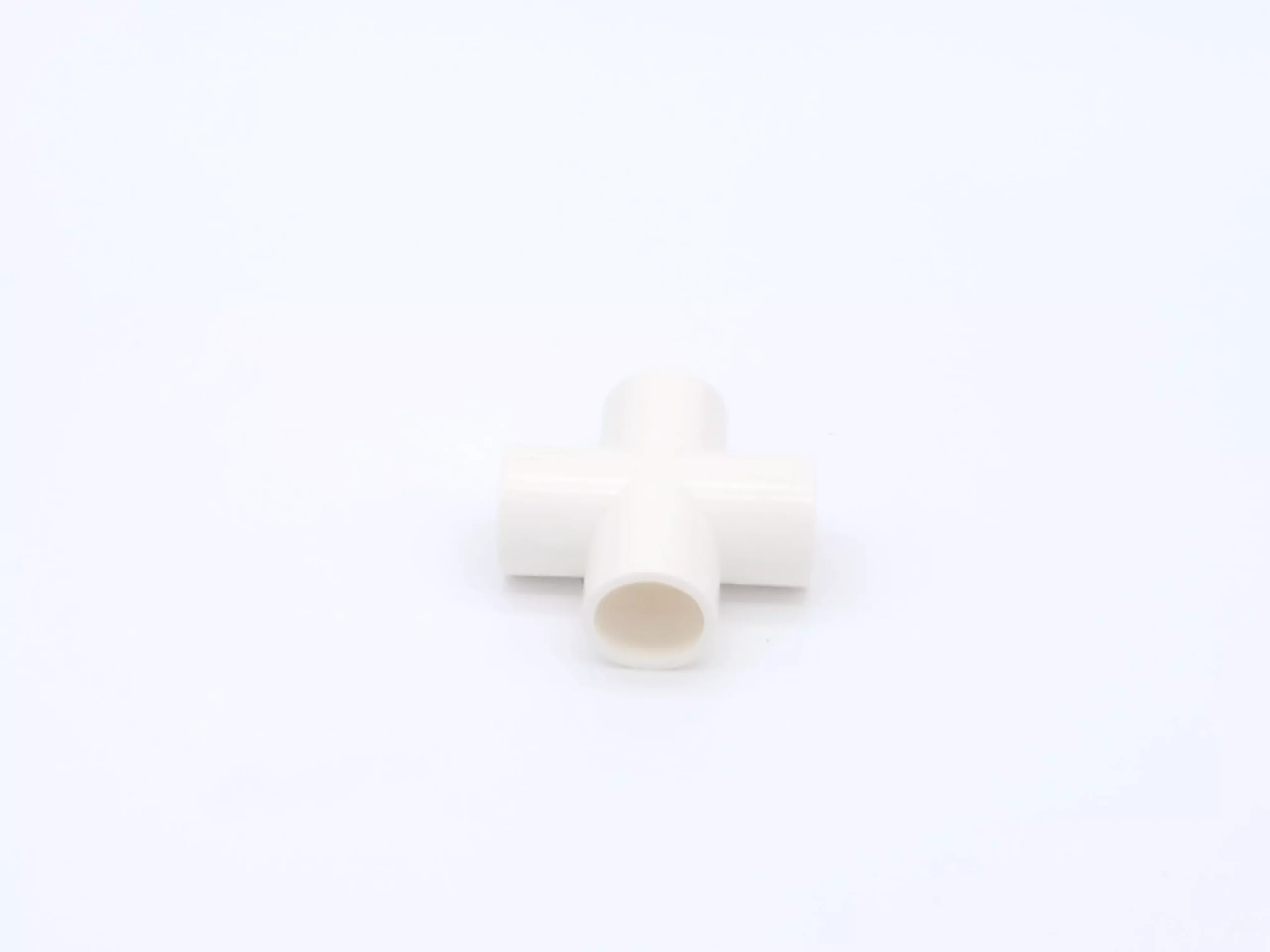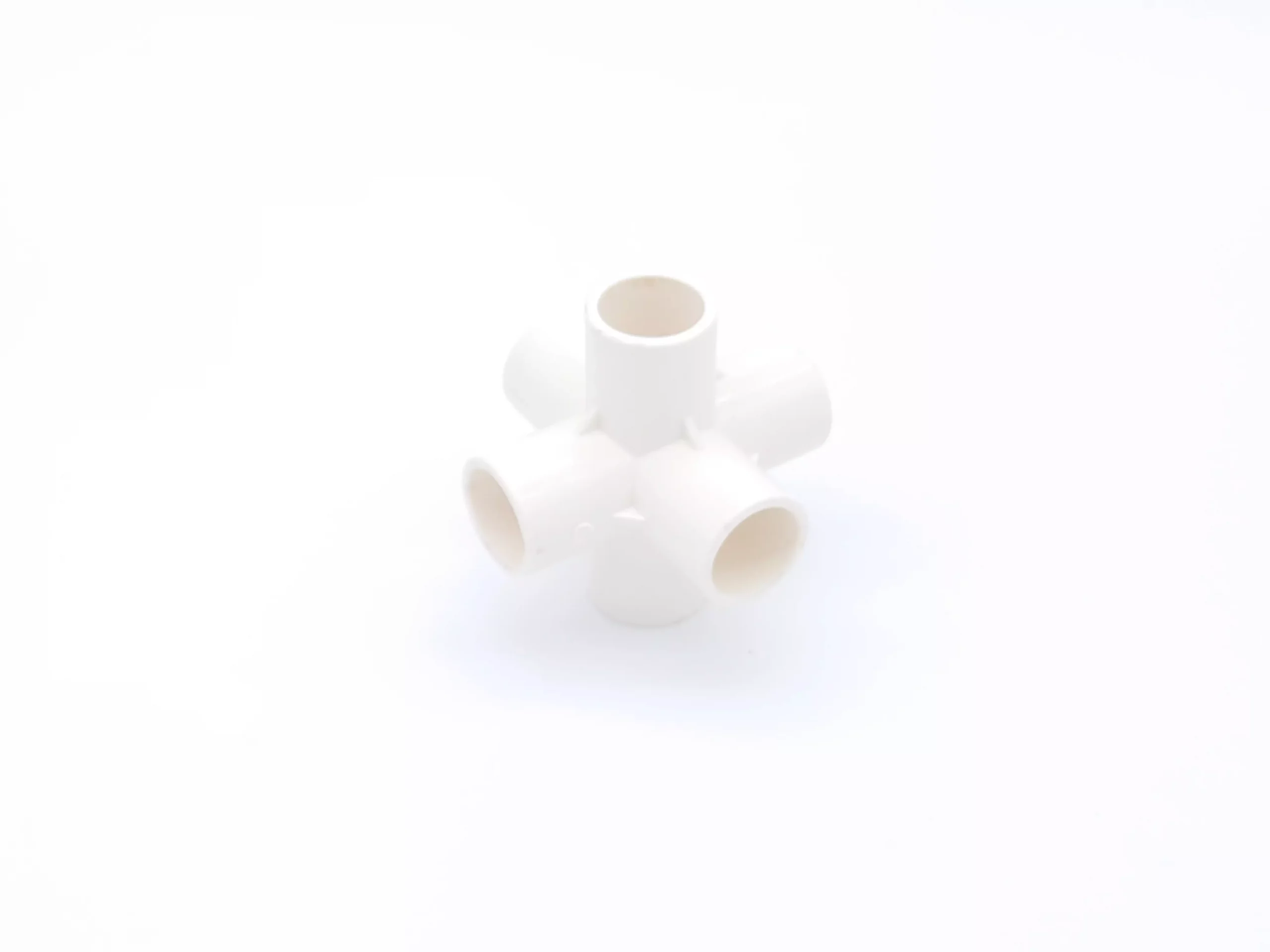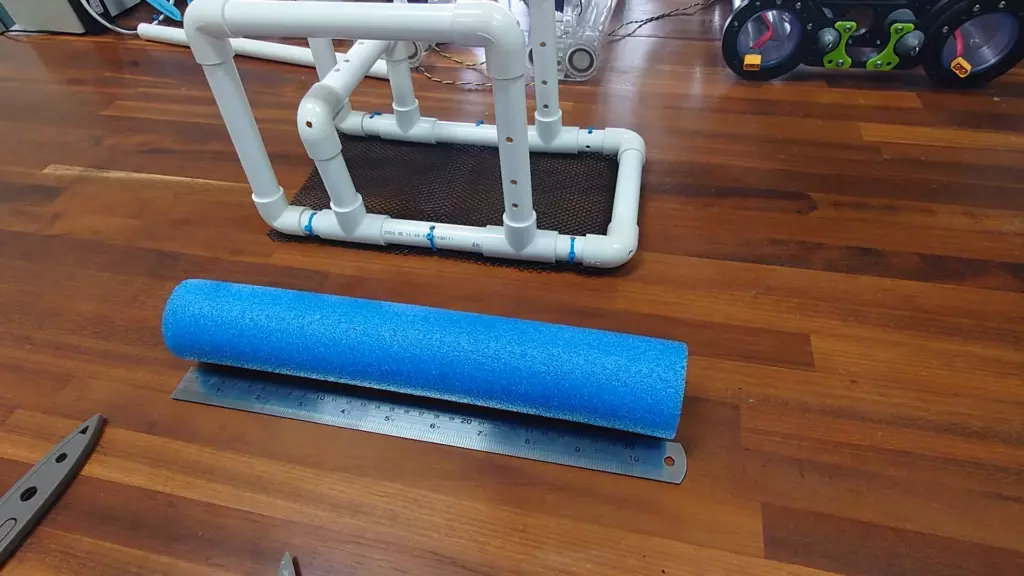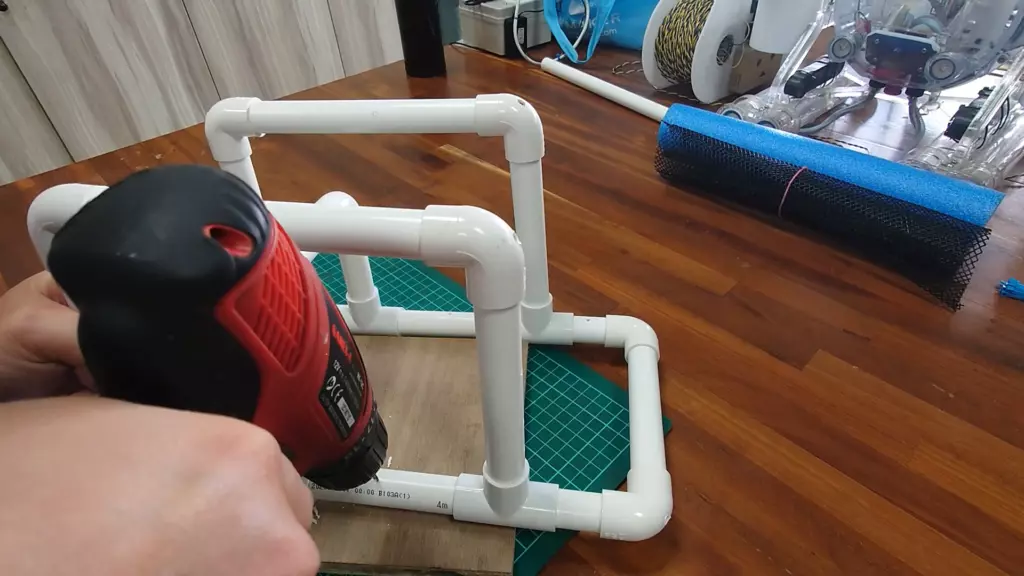STEM ROV : Frame and Buoyancy
In the previous article, ” An Introduction to STEM ROV“, it was mentioned that through affordable material and simple assembly, There are many forms of PVC pipes, the differences are mainly in the diameter, wall thickness and color, which can be bought in general hardware stores.In addition to general straight pipes, PVC pipes also provide a variety of joint styles for assembly. Through these PVC joints, users can assemble various shapes of STEM ROV. Therefore, PVC pipes are one of the best choices for STEM ROV frames. ROV MAKER’s Ipanema kit uses a 2-inch white PVC pipe as the STEM ROV frame.
The following pictures are commonly used PVC joints for reference:
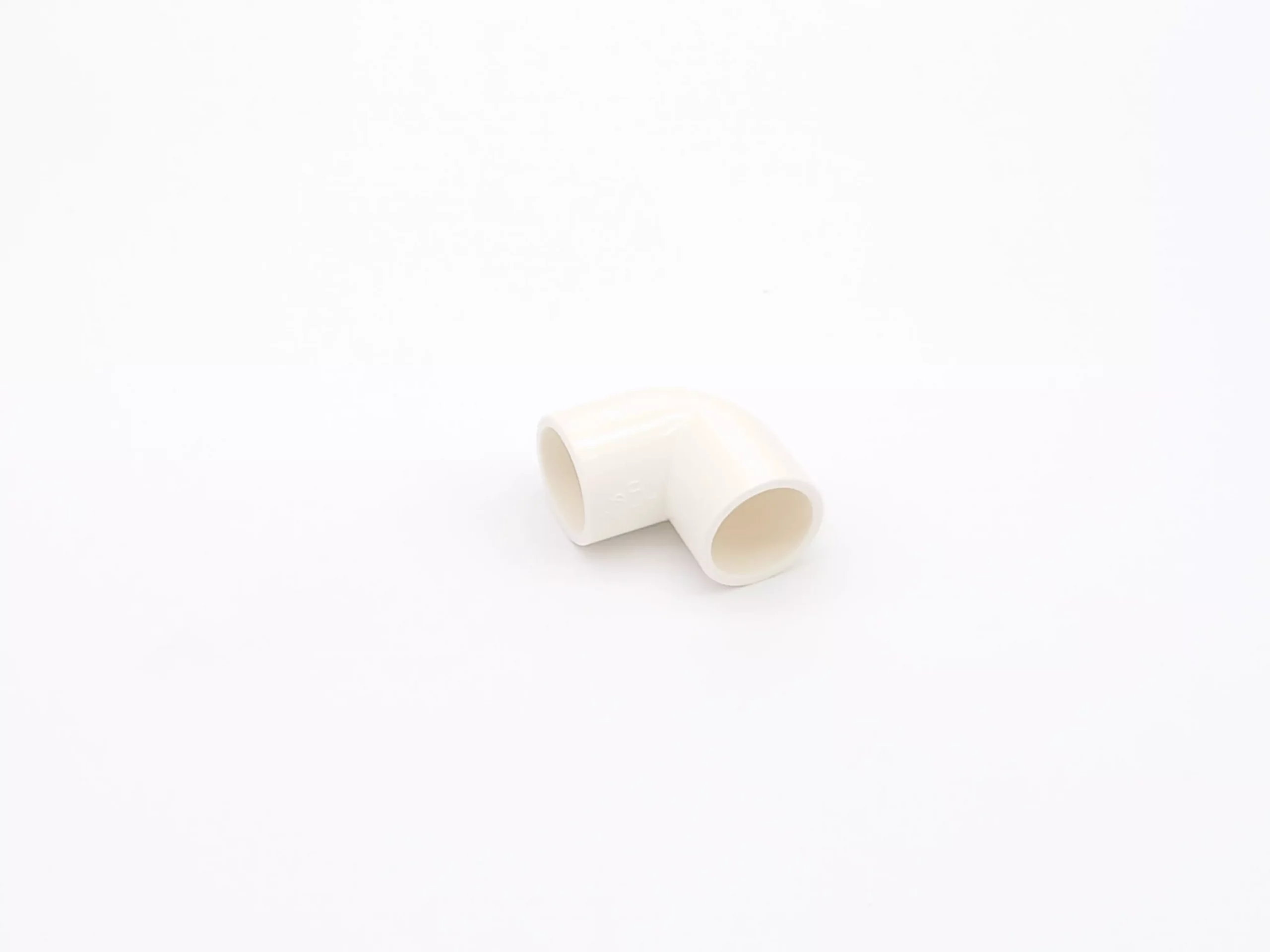
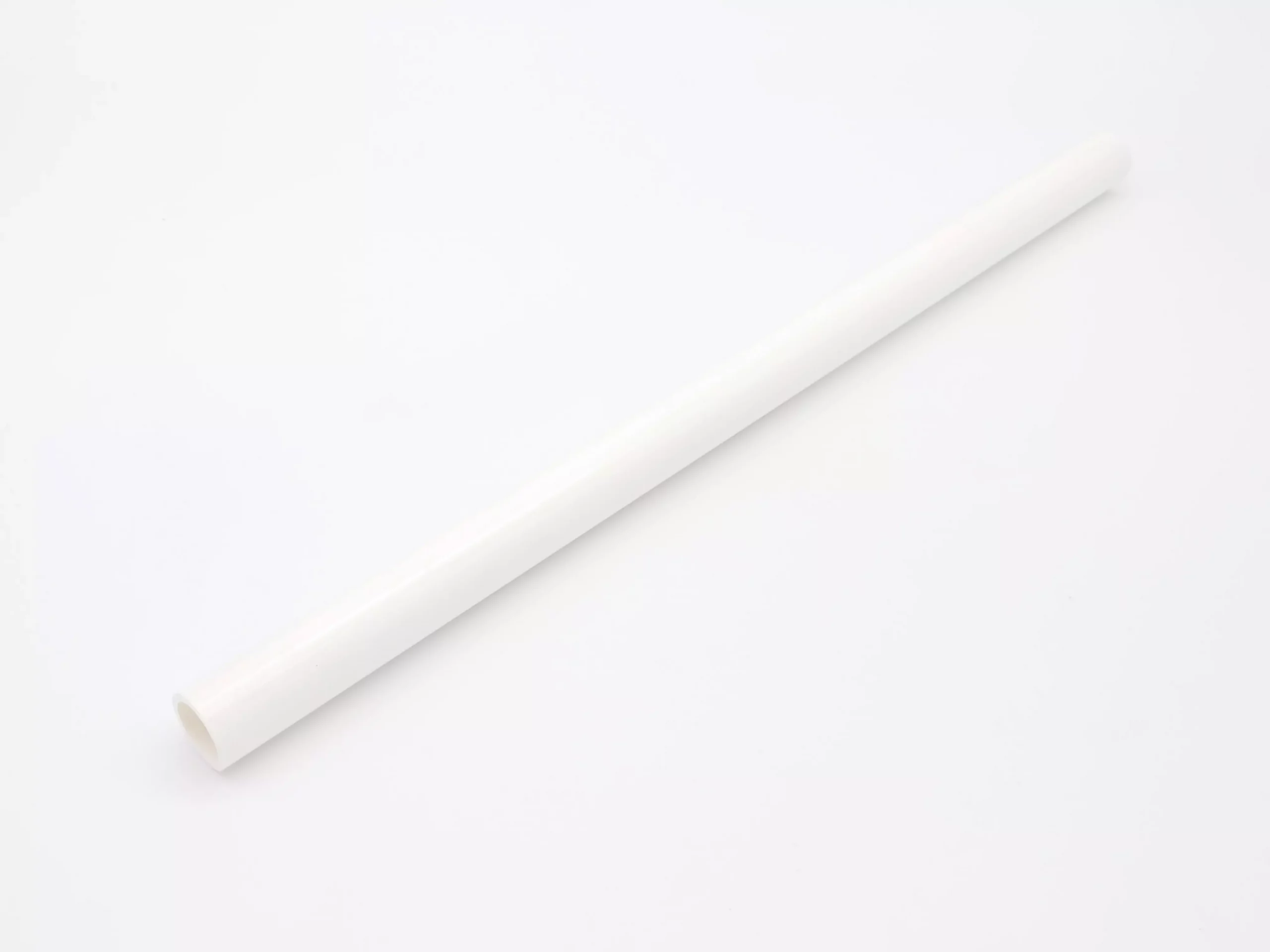
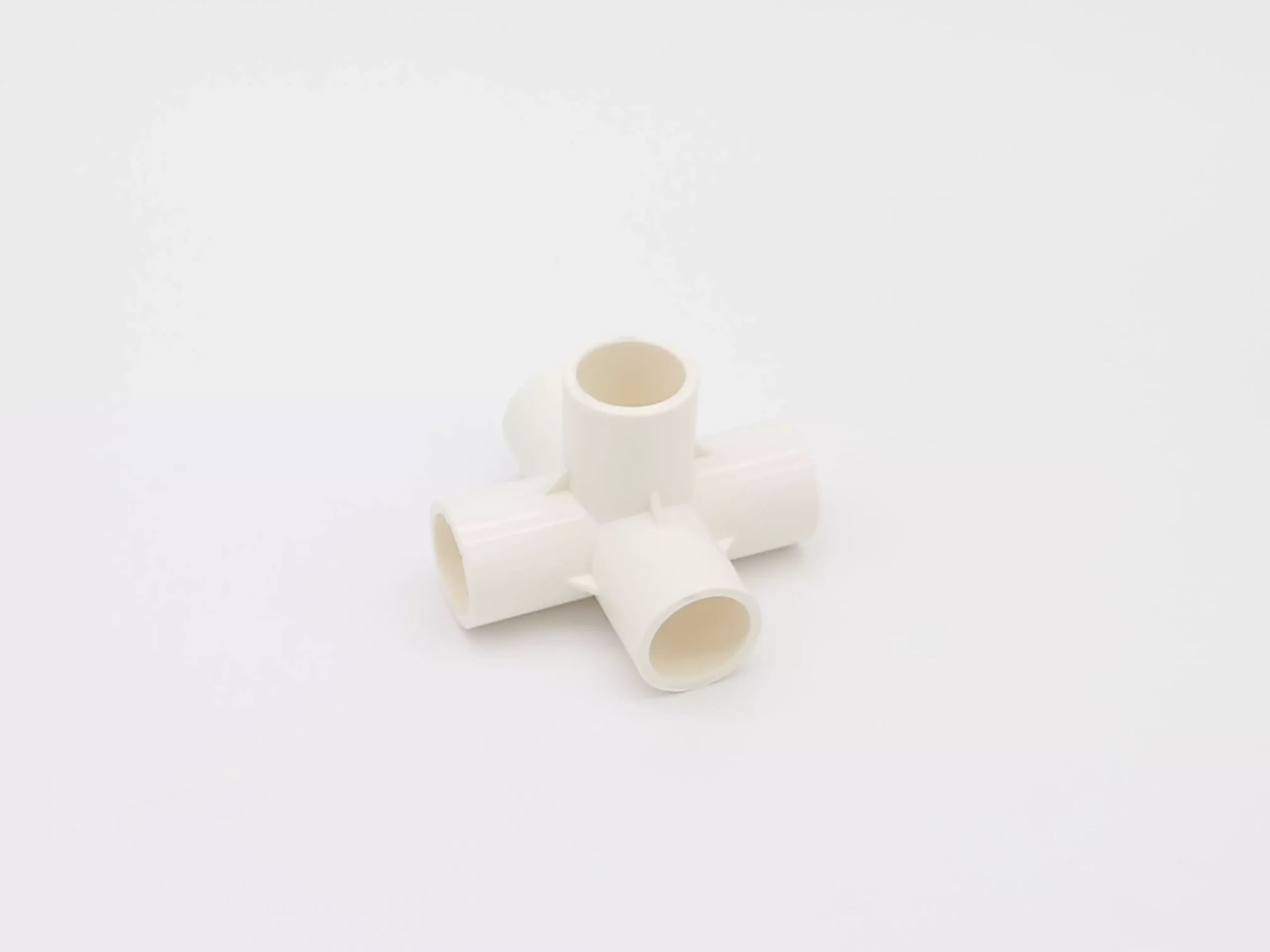
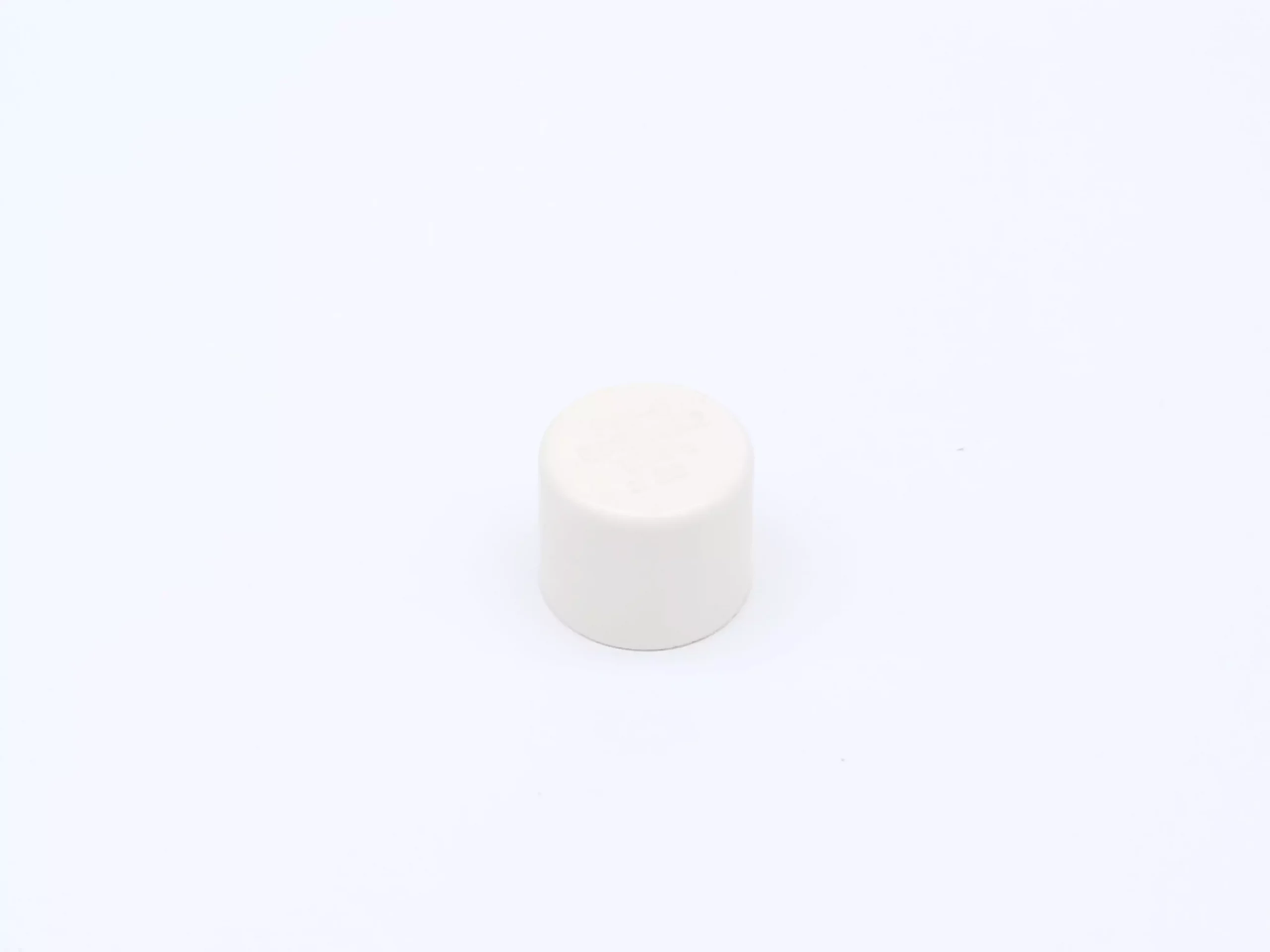
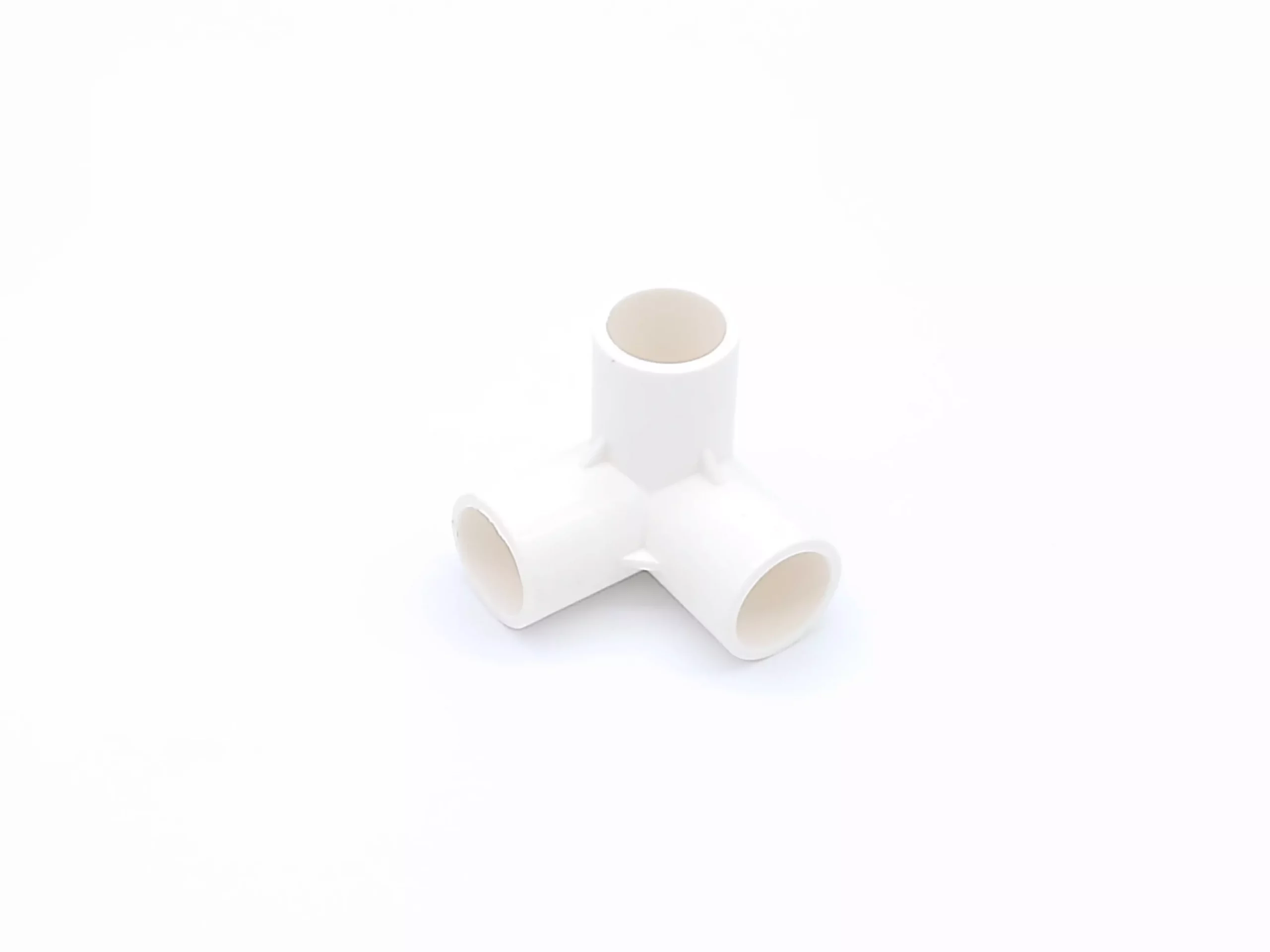
No matter what kind of STEM ROV frame style you want to design, an important design issue that must be considered is how to provide counterweight and buoyancy for the ROV.
The STEM ROV features simple assembly and low cost, so it is not recommended to use the ROV frame as a source of buoyancy. The main consideration is
- If the frame itself is also a source of buoyancy, strict watertight coating must be applied to each joint between each PVC section and the joint.
- The different shapes of the ROV will affect the ROV’s posture in the water and in turn will require addition of weight components such as lead blocks, which increases the cost and complexity.
In begineer-level models like the STEM ROV, foam tubing is often used as the source of buoyancy. The placement of the foam tube is related to the design of the ROV style. The length of the foam tube is proportional to the buoyancy provided. It is recommended that the length of the foam tube is determined based on the position of the waterline and the maximum power of the vertical thruster after the ROV is completed and equipped with related equipment, including cameras, robotic arms, etc.
In the general STEM ROV design, the PVC pipe on frame will be drilled. In this way, after the ROV dives into the water, the surrounding water can quickly fill the inner space of the water pipe and get inner air out. This keeps the PVC frame from providing buoyancy in the water, and thus makes the STEM ROV’s posture in the water more stable through gravity. The location, size, and number of drilling holes in frame affect how quickly water enters and exits the inner space of the PVC pipe.
As STEM ROV dives deeper into the water, the foam tube will be subjected to water pressure to reduce its volume and thus reduce the buoyancy provided. Therefore, the ROV may not be able to float after it dives to a certain depth. A common way to improve is to increase the length of the foam tube or switch to a sealed solid container.
As STEM ROV dives deeper into the water, the foam tube will be subjected to water pressure to reduce its volume and thus reduce the buoyancy provided. Therefore, the ROV may not be able to float after it dives to a certain depth. A common way to improve is to increase the length of the foam tube or switch to a sealed solid container.

